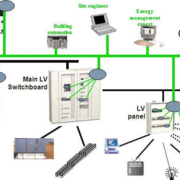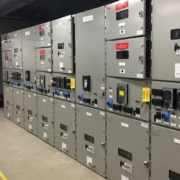Power system design
Power system design
Power system design is a complex process that involves understanding the requirements of the system, evaluating electrical components, and designing efficient systems. It requires engineers to have an in-depth knowledge of power systems, electrical components and their functions, as well as the ability to think creatively when it comes to solving problems.
At every step of the power system design process, engineers must take into consideration both safety and efficiency. For example, they must ensure that any materials used are able to handle the current and voltage levels expected within a system and that any circuit designs have been properly tested for safety measures. Additionally, engineers must pay attention to how each component interacts with each other within a given system in order to ensure optimal performance.
Overall, power system design is essential in providing reliable and efficient electrical energy sources for our society today. By combining creative problem-solving skills with technical knowledge of electrical components and systems, engineers can create advanced solutions for modern day needs.
Power system design is an essential part of many industries. It involves the planning, testing and implementation of power systems, which are used to supply electricity to homes and businesses. Power system design requires a deep understanding of the physics behind electricity, as well as experience in designing efficient and safe electrical systems. With the right knowledge, expertise and tools, power system designers can create powerful solutions that support everyday life.
Power system design is an essential part of ensuring a reliable and efficient electricity supply. It involves the planning, designing, and operating of electrical power systems to meet the needs of customers. This includes the selection of components such as transformers, circuit breakers, bus bars and other transmission equipment. It also involves integrating renewable energy sources into the grid and optimizing the overall performance of existing systems. By designing power systems properly, we can maximize their efficiency while minimizing their environmental impact.


